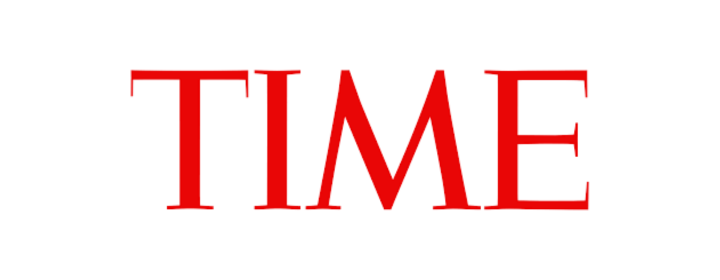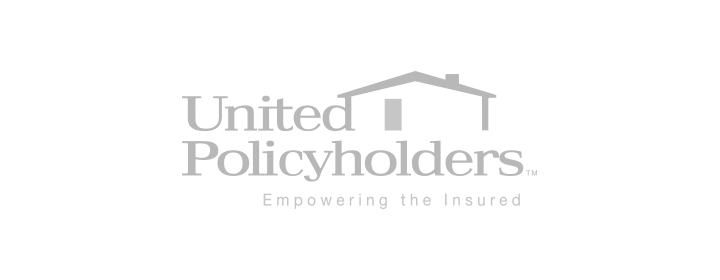Were you lulled into a false sense of security, or did you intentionally underinsure your biggest asset?
What is “underinsurance”, and how common is it?
Underinsurance is a chronic problem that home and business owners experience after their property is damaged or destroyed in a fire or other catastrophe and it turns out they have less insurance than they need to repair and replace what they lost. United Policyholders (“UP”) post disaster surveys consistently find more than half of homeowners do not have adequate coverage to replace or rebuild their homes. Underinsured is the word that describes this situation.
A property can be underinsured due to:
- Insurance limits that are too low
- Gaps due to policy exclusions
- High deductibles
When you’re underinsured there is a gap between the actual cost of replacing your destroyed home or business and the available insurance benefits in the policy that was in force at the time of the loss. Underinsurance generally is a problem after the relatively rare total, catastrophic loss. Industry statistics are that 2/3 of U.S. homes are underinsured for a total loss, but because most people never suffer a total loss, it’s generally only a problem that impacts disaster victims.
Underinsurance is one of most challenging obstacles to recovering from a disaster. It delays and hinders rebuilding, compounds the trauma of loss and weakens people’s and communities’ ability to rebound from devastating events. Underinsurance causes insurance claims to be delayed or derailed into litigation.
Remedies for the underinsured include negotiation, litigation, mediation, confidential settlements, borrowing money to cover rebuilding costs and a variety of financial strategies. Some people are able to get their policy limits retroactivey reformed to what they should have been in the first place. Some people are able to remedy underinsurance by hiring a lawyer. Most underinsurance cases that are successfully resolved for the policyholder are settled confidentially so there is no record or public viewing of the outcome. Individuals who’ve gotten an insurer to pay more than their stated dwelling limits and successful plaintiffs in lawsuits virtually always have to agree to keep quiet about the settlement they reach with their insurer as a condition for the insurer to pay above policy limits.
Why do insurance companies consistently underinsure people’s assets?
Insurance companies compete for your business and know four things: 1) Most consumers want to pay as little as possible for insurance, and 2) Total losses are rare, 3) A fast sale is the best sale, and 4) Most homeowners know only very basic info about their homes.
Generally speaking insurance companies want your business. They know total losses are very rare. Most people never have one. So to close sales quickly, they chronically undervalue dwellings and gamble you’ll never have a (rare) total loss and find out you’re underinsured. And, they know that if you do have a total loss and find out you’re underinsured, you will have a hard time winning if you sue them. This scenario has been repeating over and over. Disaster survivors and their communities pay the price.
How do insurance companies set dwelling coverage limits?
Insurance sales reps use software to price a home’s replacement values. The software has default settings based on “standard” construction pricing. The sales rep asks a basic set of questions, then inputs the info into the software. The software spits out a dwelling and other coverage limits based on whatever info was input. The less detail inputted, the lower the calculated value will be. And, because your Contents, ALE, Trees/Shrubs and Other Structures coverages are generally set as an automatic percentage of your dwelling limits, many total loss victims find themselves underinsured in all categories. Yet until the consumer has a total loss, they are living with a false sense of security about the adequacy of their coverage.
At the point of sale, insurance companies and their sales reps are the ones setting the policy limits. They are the experts, they hold themselves out as the experts. Consumers reasonably rely on their insurers/agents to handle the transaction competantly. In almost every case, an insurer or agent asks a few questions about the property, inputs the answers into a software program and it spits out a policy quote. They issue the policy and cash the premium checks. But when policyholders come up short, suddenly its not their problem. Suddenly history is revised and the customer was the insurance expert. Absurd.
Shouldn’t the consumer be able to rely on the expertise of an insurance company and its sales agents?
UP certainly thinks so. And we’ve argued exactly that time and time again in courts, legislatures and the media. Would you buy insurance from a professional that told you they couldn’t make an insurance recommendation? Again, absurd.
Why does this scenario keep repeating when UP and so many disaster survivors are speaking out about it in the media, courts and legislatures?
The reason this scenario keeps repeating is there is what we call a “legal fiction.” Law based on a story that keeps getting told that just isn’t true. The fiction that the property owner sets their own policy limit. That is false, yet courts routinely rule in favor of insurance companies and agents on this point.
Insurers paint a rosy picture in ads that tout their expertise and honor: “We’ll put you back where you belong” They label their products “Deluxe Home Replacement Policy.”
What is UP doing to solve this problem?
UP has been working hard to help solve the underinsurance crisis for over two decades. Educating and guiding underinsured loss victims through this website, publications and Roadmap to Recovery workshops and communications, and working to change the laws that bar consumers from holding insurers and agents responsible for lulling them into a false sense of security.
UP is fighting for underinsured consumers in courts and legislatures. In its recent decision to uphold the California Department of Insurance Commissioner’s regulation requiring insurers to provide more accurate estimates of home replacement costs, the California Supreme Court cited UP’s amicus brief and survey finding nearly 75% of disaster victims were underinsured. With the regulation reenacted by the Court, homeowners should have more certainty about their policy coverage, and litigation between policyholders and insurers should be reduced as a result.
UP is educating consumers to get second opinions on dwelling replacement values when insuring their homes and offering strategies to underinsured loss victims.
With regard to responsibility for setting adequate insurance limits, LAW DOES NOT REFLECT REALITY. Reality is, insurers do the math and set policy limits. Reality is insurers know what it costs to repair and rebuild homes – that’s the business they’re in. Our laws need to change, and UP is working toward that goal.
The following links will lead you to resources to help you avoid being underinsured in the first place or solve the problem if you suffer a loss and find yourself underinsured.




